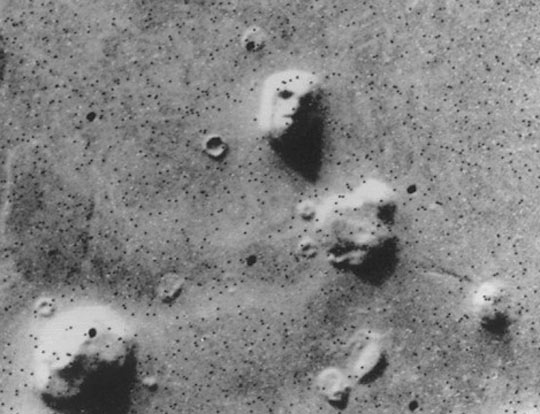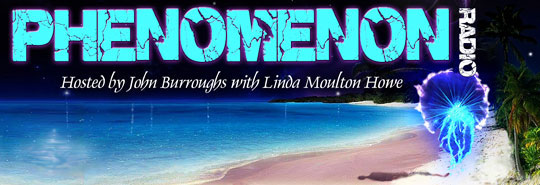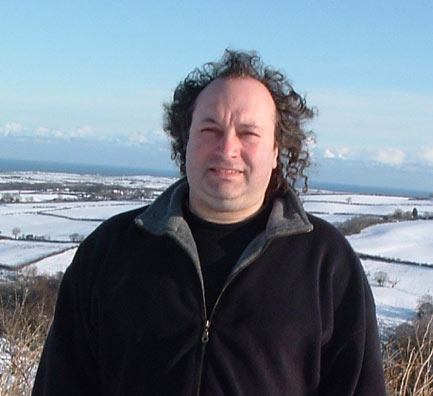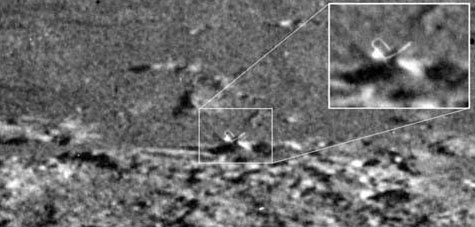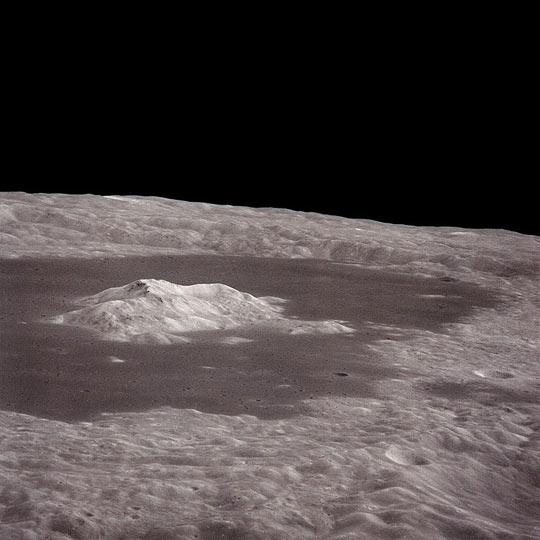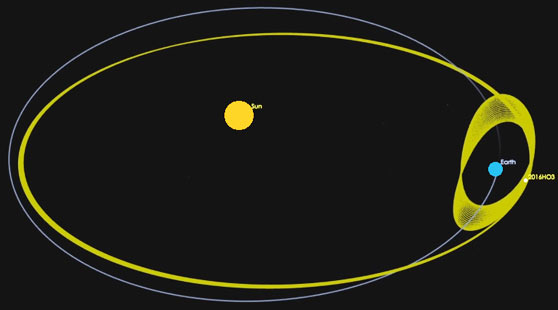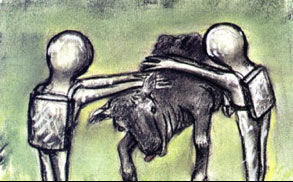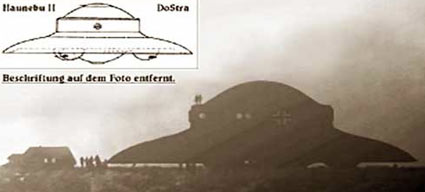“As soon as a supernova is detected, it sends a signal to a bunch
of telescopes and they will — sometimes within seconds — move to
that position and start taking images without a human ever being in the middle.”
- Pieter van Dokkum, Ph.D., Prof. of Astronomy, Yale University
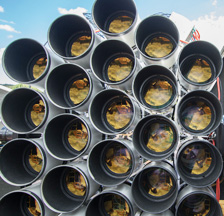
Return to Part 1:
September 30, 2016 New Haven, Connecticut - One of the most anticipated astronomy breakthroughs since the Hubble and Spitzer Space Telescopes is expected to come from the James Webb Space Telescope now scheduled for launch in October 2018. The JWST will have the Earth's best resolution and sensitivity ranging from long-wavelength visible light (orange-red), through near-infrared to the mid-infrared. It's theme is to “see first light,” meaning as far back in time to the beginning of this universe as possible.
Click here to subscribe and get instant access to read this report.
Click here to check your existing subscription status.
Existing members, login below:



